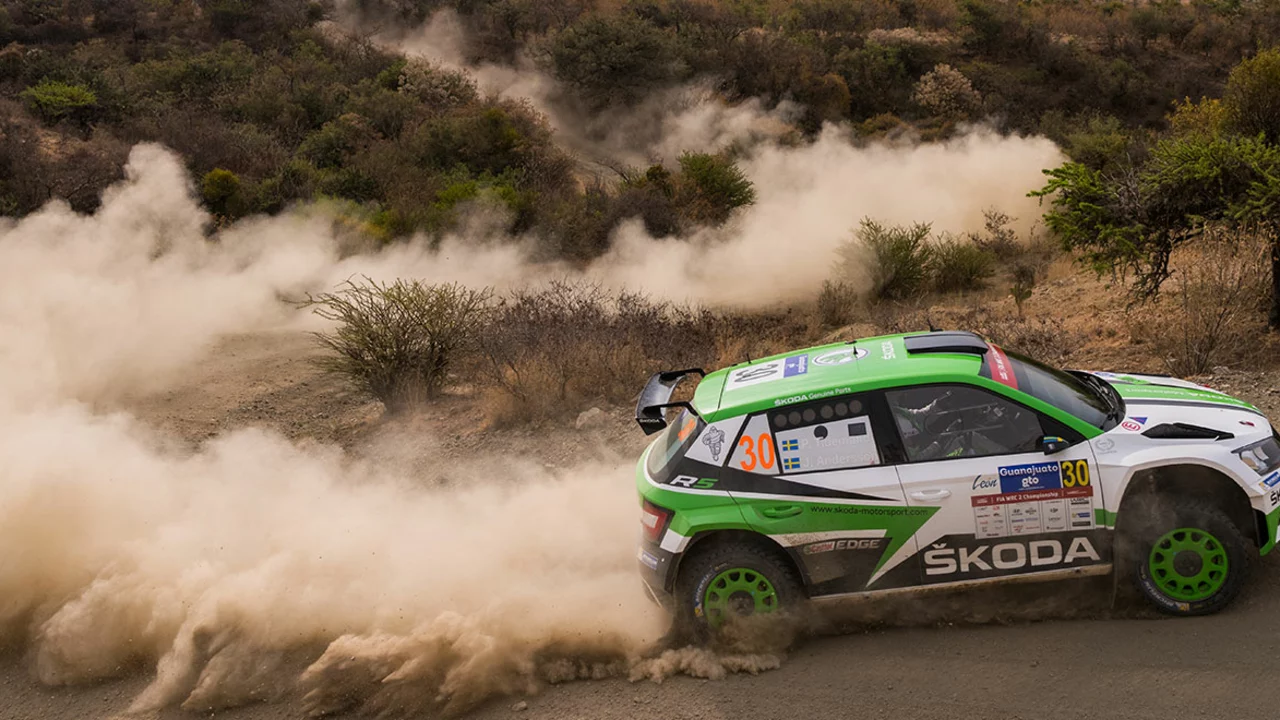Rally Drivers: Who They Are and How They Win
Rally drivers are the folks who take cars through mud, snow, gravel and even tarmac at breakneck speeds. They aren’t just fast; they’re smart, adaptable, and work closely with a co‑pilot who reads the road for them. If you’ve ever wondered what separates a good rally driver from a great one, you’re in the right place.
Key Skills Every Rally Driver Needs
First off, car control is non‑negotiable. Whether you’re pushing a front‑wheel‑drive (FWD) hatchback on a loose dirt track or a 4WD beast on a snowy mountain pass, you need to feel the grip under each wheel. FWD cars can be surprisingly competitive if you keep the weight over the drive wheels and use smooth steering inputs. Many drivers say the predictable handling of FWD helps them stay consistent in changing conditions.
Next comes reading the terrain. Rally stages are a mix of tight corners, sudden jumps, and variable surfaces. Drivers learn to anticipate a shift from gravel to mud and adjust throttle and brakes on the fly. This is where the two sticks in the cockpit matter: the gear lever for quick shifts and the handbrake for sharp slides or hill‑starts. Mastering both lets you keep momentum and avoid time‑loss.
Finally, stamina matters. A rally can last several hours with long runs between service stops. You need the physical endurance to stay sharp and the mental stamina to process pace notes without missing a beat.
Teamwork with the Co‑pilot
The co‑pilot is more than a passenger; they’re the driver’s eyes and ears on the stage. They read detailed pace notes that describe every turn, jump, and surface change ahead. A good co‑pilot speaks clearly, keeps a steady rhythm, and adjusts the speed instructions based on how the car feels. This back‑and‑forth helps the driver keep the car on the optimal line while avoiding surprises.
Communication style varies. Some teams use short, sharp calls like “left 3, tight!” while others prefer longer descriptions. The key is consistency so the driver knows exactly what to expect. Practicing for a few weeks with the same co‑pilot can shave seconds off each stage.
If you’re new to rallying, start by finding a local club, getting a basic safety kit, and doing a few observation runs with experienced crews. Teens can join driver schools or volunteer as co‑pilots to learn the rhythm before jumping behind the wheel.
Rally drivers also need to adapt strategy based on the event. Unlike Formula 1, where races are short sprints on a fixed circuit, rally stages demand a balance between speed and preserving the car. Drivers often hold back a bit on the toughest sections to avoid a costly mistake that could end the race.
In short, being a rally driver is about marrying raw skill with teamwork, smart equipment choices, and a willingness to learn from every stage. Whether you’re driving a modest FWD hatchback or a high‑tech 4WD machine, the fundamentals stay the same: control, communication, and endurance. Keep practicing, listen to your co‑pilot, and you’ll see your stage times drop faster than you might expect.

Do Rally Drivers use handbrake?
As someone deeply interested in rally driving, I've done some research into whether rally drivers use handbrakes. Turns out, they absolutely do! Handbrakes play a vital role in navigating tight corners or executing sharp turns, something a rally driver often encounters. It's interesting to know that the handbrake can be such an essential tool in controlling a car's movement. So, yes, rally drivers do make good use of their handbrakes during races.